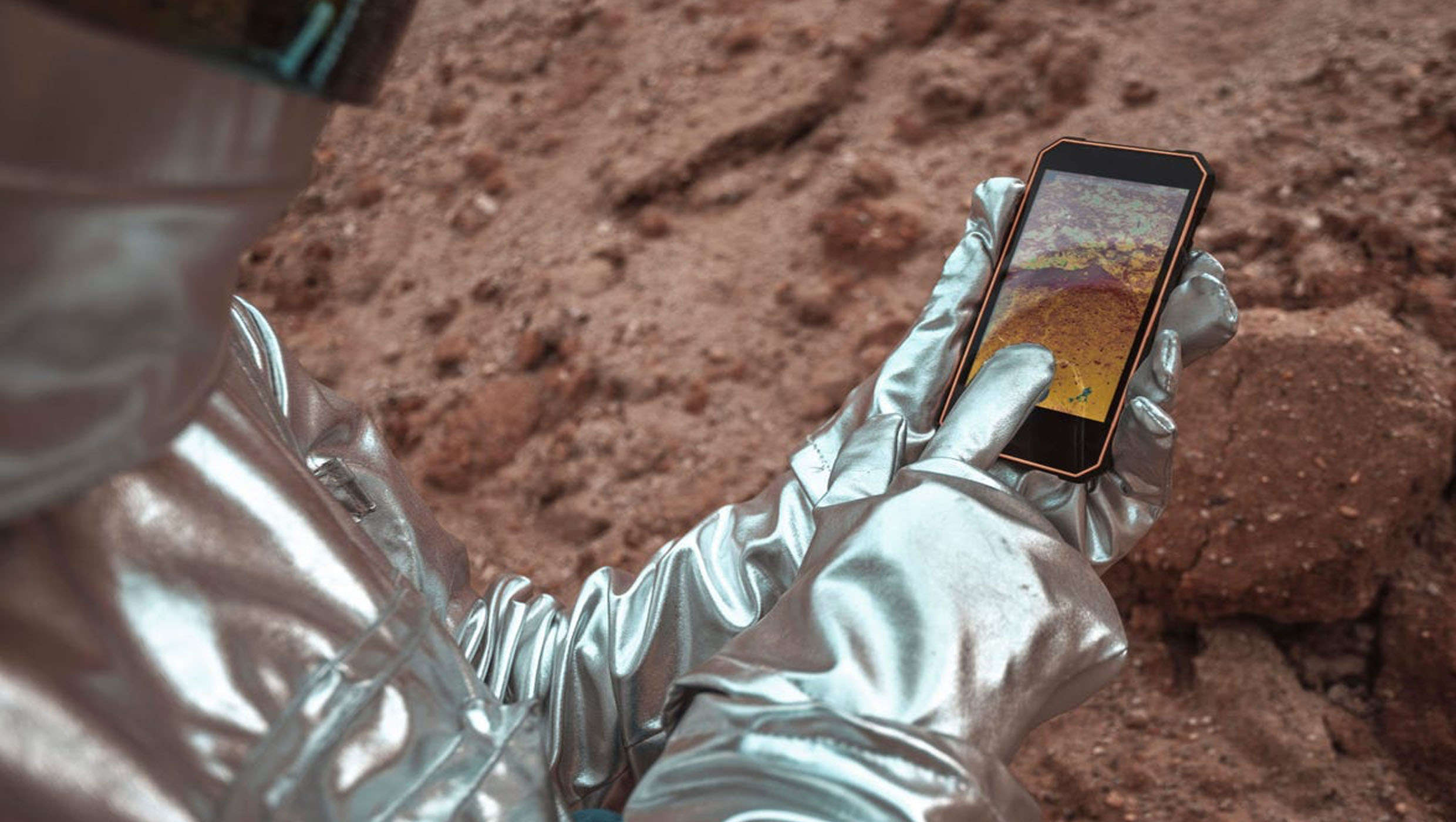Create a free profile to get unlimited access to exclusive videos, sweepstakes, and more!
Can you hear me now…that I’m on the Moon? Lunar 4G LTE network will be landing soon

There are few things more aggravating than trying to stay connected on your smartphone when you can’t even get one bar. You might have better luck on the Moon.
No, really. We are now living what might have only been a sci-fi novel a few decades ago. NASA recently announced that it will be partnering with Bell Labs, which owns Nokia, and Intuitive Machines to build the first 4G LTE network on the Moon. The $370 million project will create a network designed to withstand harsh lunar conditions as well as rocket launches and landings. It will enable communication for many different data transmission applications critical for rovers and other equipment crawling over unexplored territory.
Astronauts probably won’t have to deal with hearing “Can you hear me now?” every five seconds, either.
“Reliable, resilient and high-capacity communications networks will be key to supporting sustainable human presence on the lunar surface,” Nokia Chief Technology Officer and Nokia Bell Labs President Marcus Weldon said in a press release. “By building the first high performance wireless network solution on the Moon, Nokia Bell Labs is once again planting the flag for pioneering innovation beyond the conventional limits.”
Building a cellular network on the Moon isn’t going to be anything like the cell towers on Earth. Those aren’t exactly the easiest things to load on a rocket, and you want to take off with the least extra weight possible. No protective atmosphere means that the equipment will be exposed to brutal space radiation that can wreck electronics which come unprepared. Because there is 200 more times as much radiation on the lunar surface as there is on Earth’s surface, this system is going to be hardened against cosmic rays and other threats it has no built-in defense against. Never mind that temperatures can plunge from a searing 250 to a glacial -208 degrees Fahrenheit throughout a lunar day.
Artemis astronauts won’t be far from the tech advancements on Earth, either, because Bell Labs will make the network upgradeable to 5G in the future. 4G LTE can download at a minimum of 100 megabits per second. 5G is just emerging, but we aren’t exactly there yet (even though some networks try to upsell). The company hasn’t been able to say anything about frequencies because the technology is still unclear. When it is, 5G should make your phone able to download a full length movie (in HD!) in seconds—meaning, at a speed of around one gigabit or a million bits per second.
“Nokia’s lunar network consists of an LTE Base Station with integrated Evolved Packet Core (EPC) functionalities, LTE User Equipment, RF antennas and high-reliability operations and maintenance (O&M) control software,” Nokia said in its press release. “The solution has been specially designed to withstand the harsh conditions of the launch and lunar landing, and to operate in the extreme conditions of space.”
So why is the Moon less likely to have dead zones? Zero atmosphere means virtually no obstacles. Signals degrade when they run into things such as walls or trees or buildings, to inhibit communication via an LTE network. NASA will be able to pick whatever cellular frequency band it wants out there. It also won’t have the issue that Earth has with a constantly overloaded wireless spectrum. When everyone is on their phones, you’re bound to get logged off the network. That gets instantly solved on the Moon because there won’t be anywhere close to 7.8 billion people trying to catch a signal.
You just have to wonder what name they’re going to give that network. It would be the coolest thing ever to have your phone connect to “Moonwalk”.


























